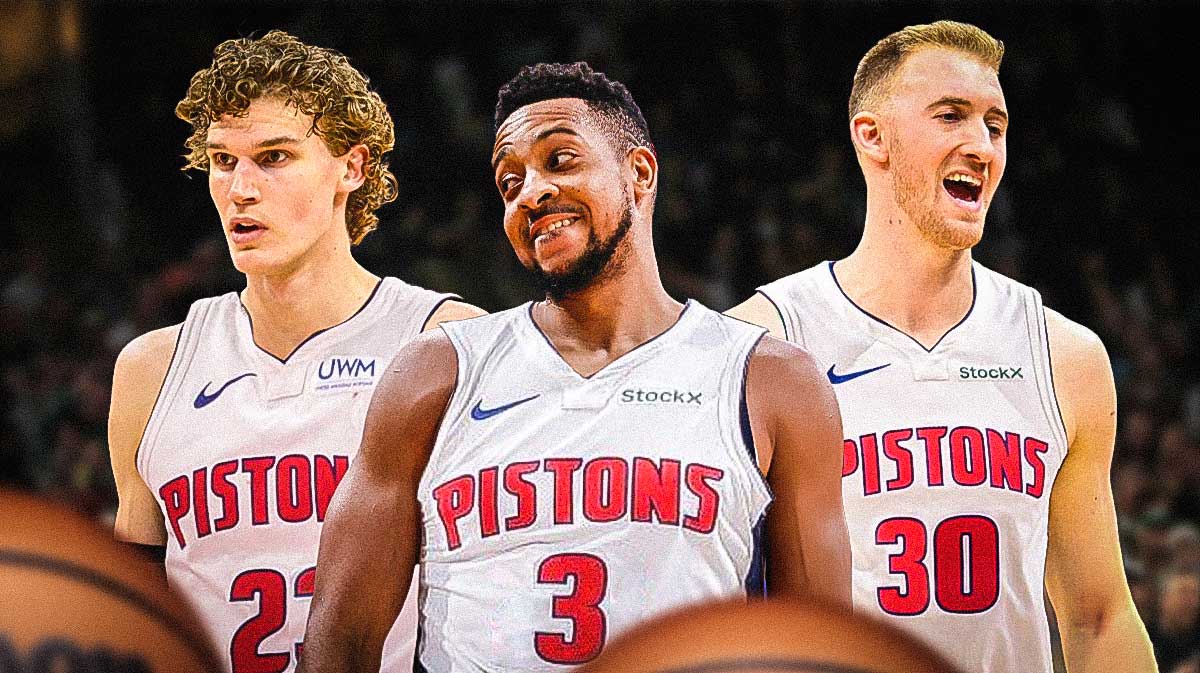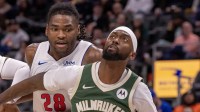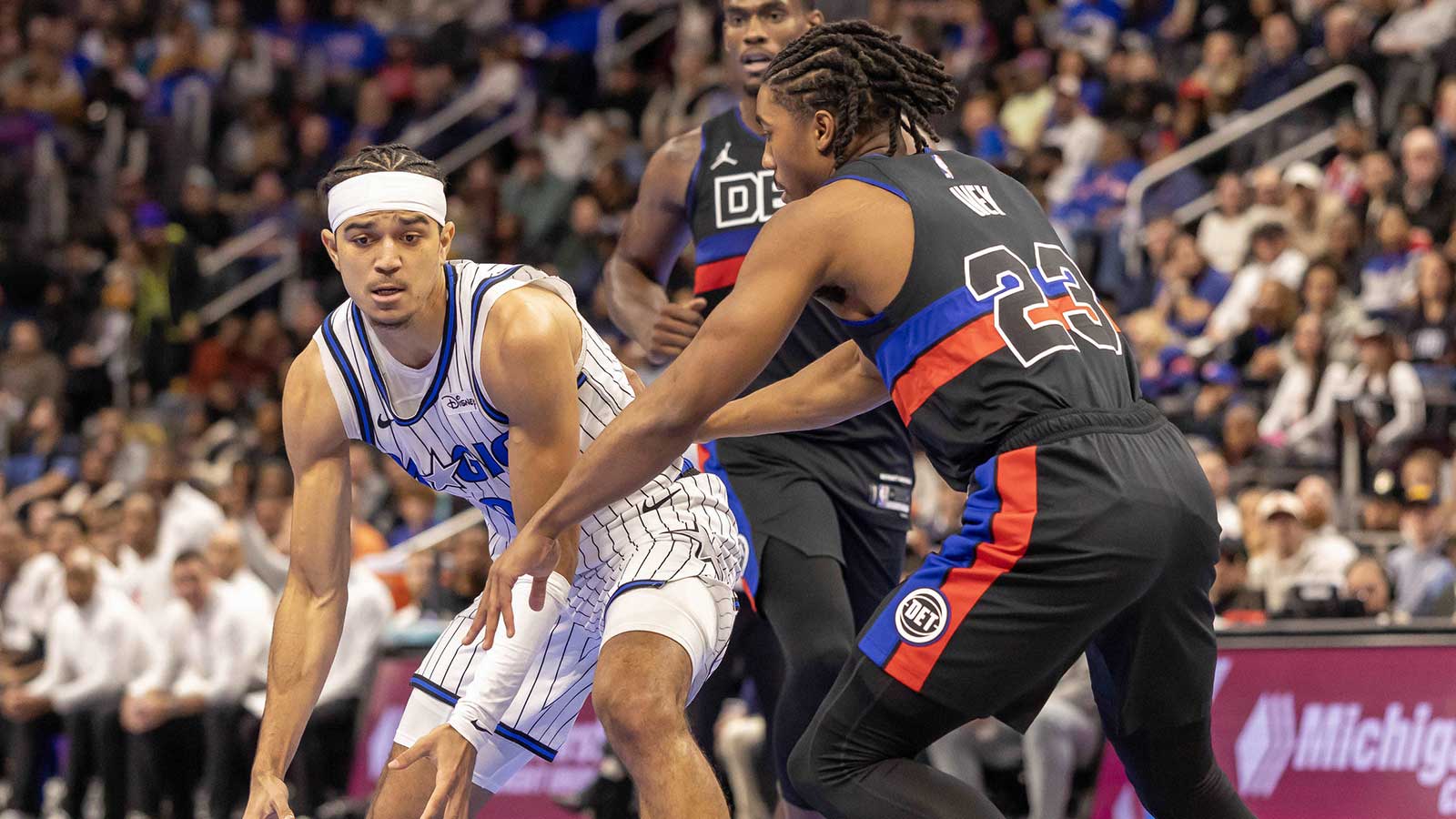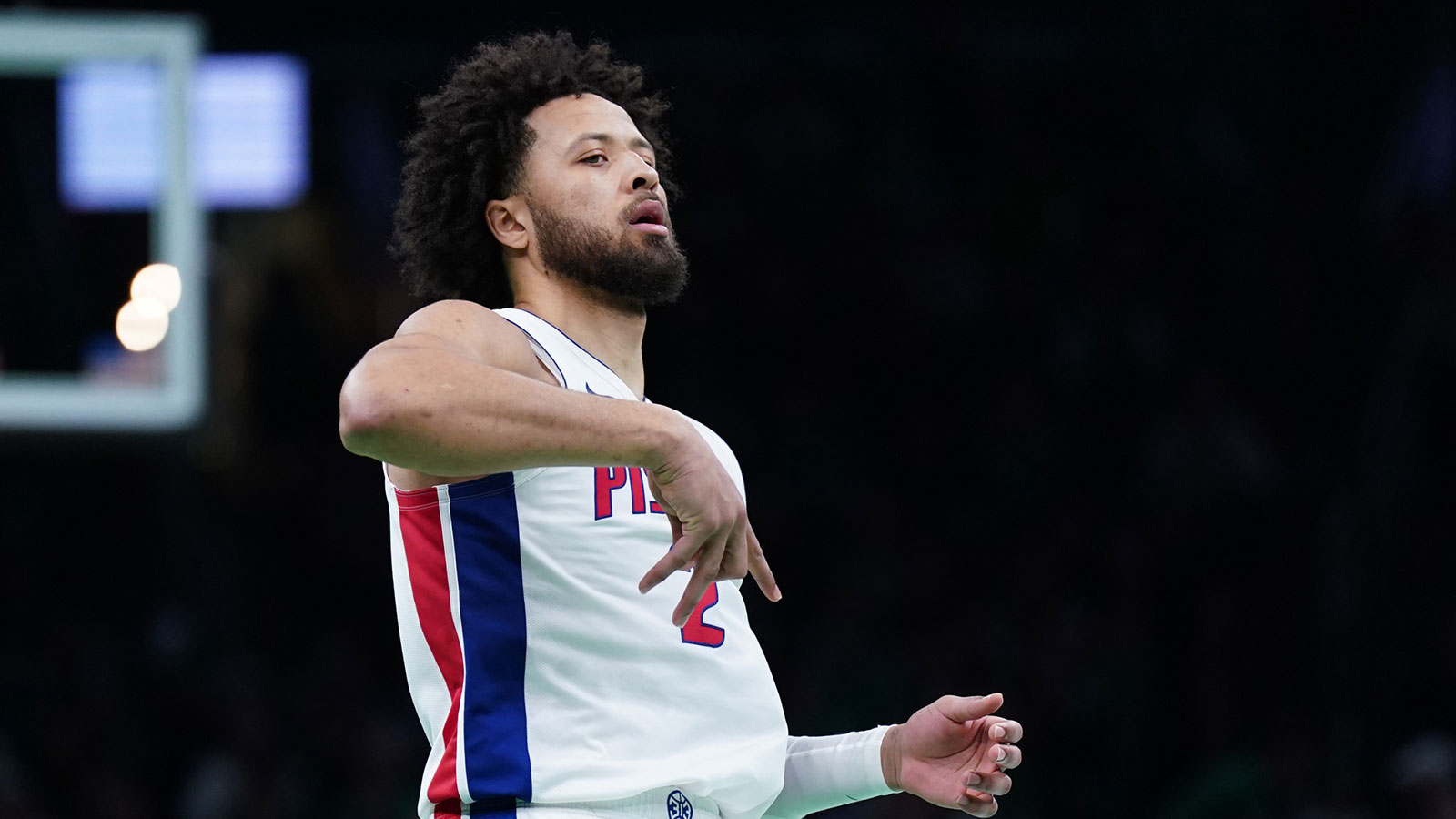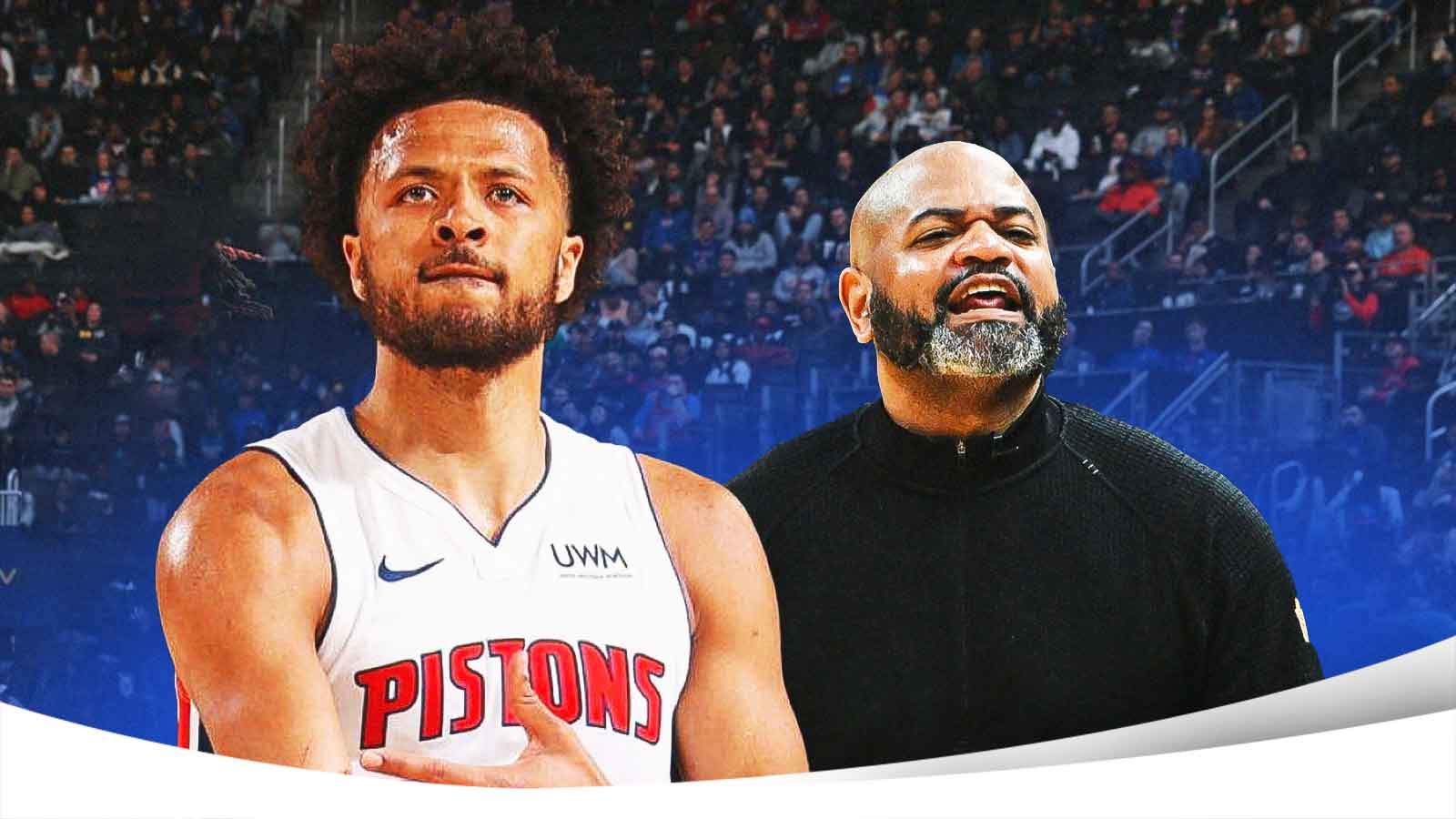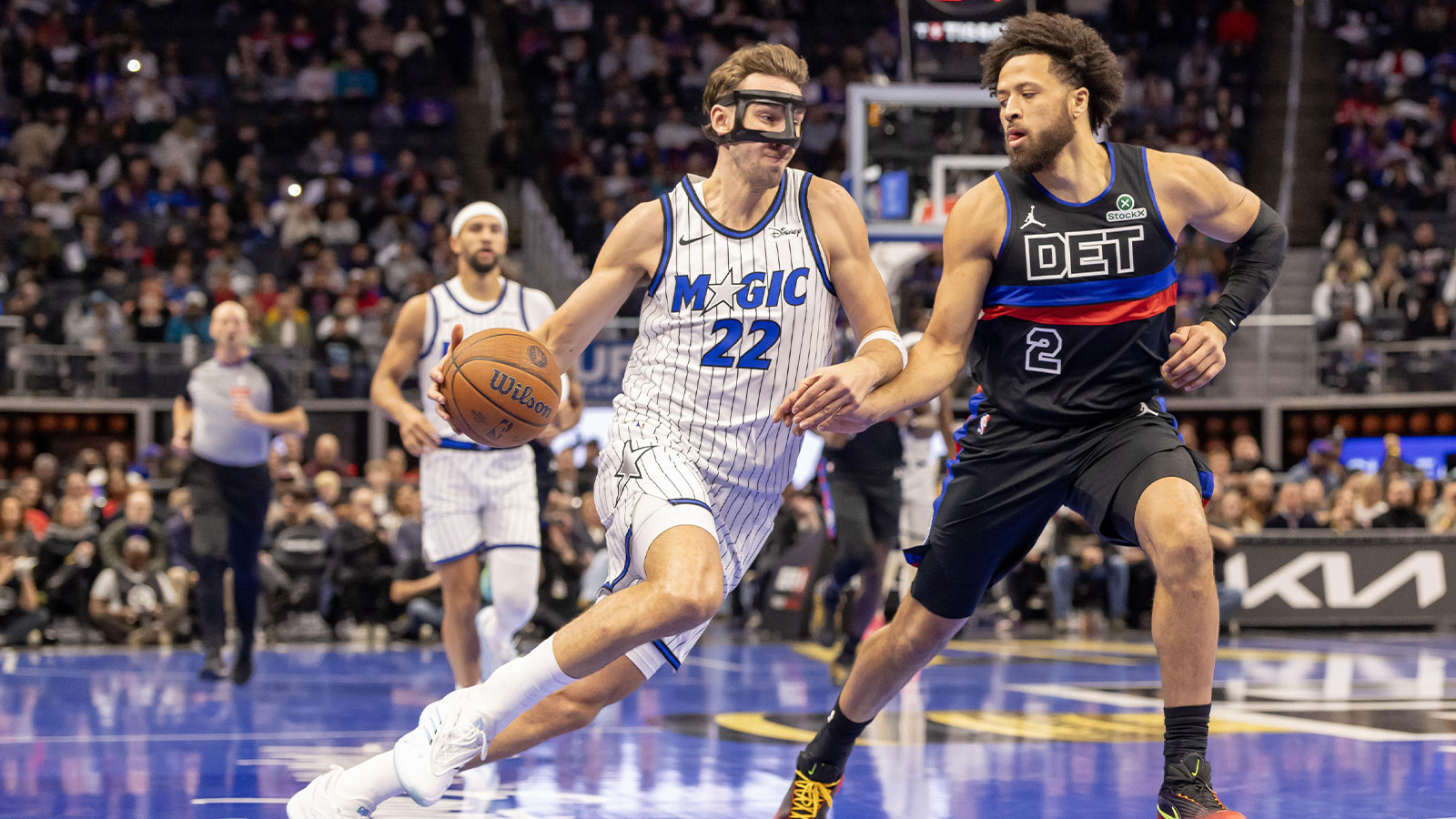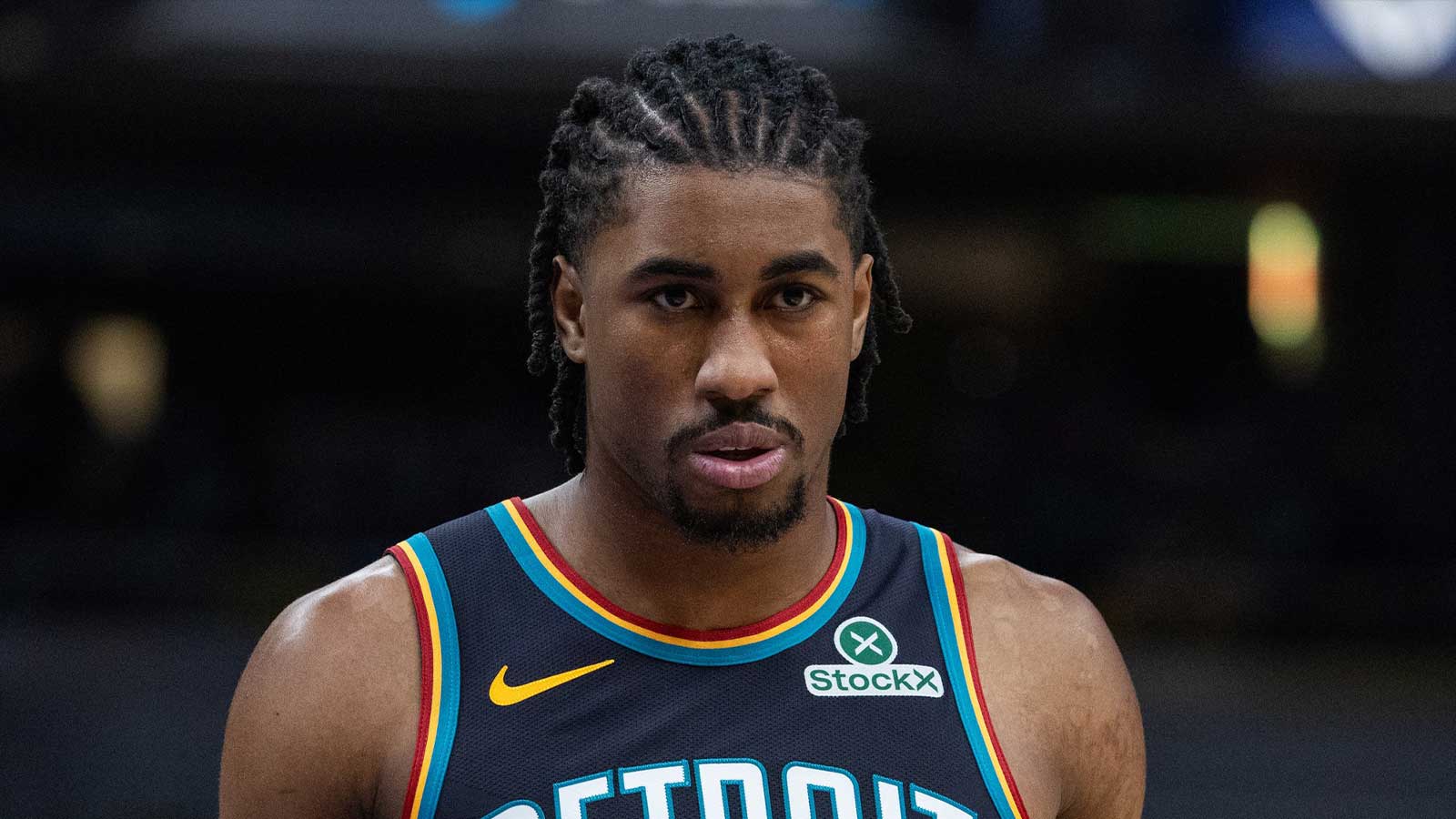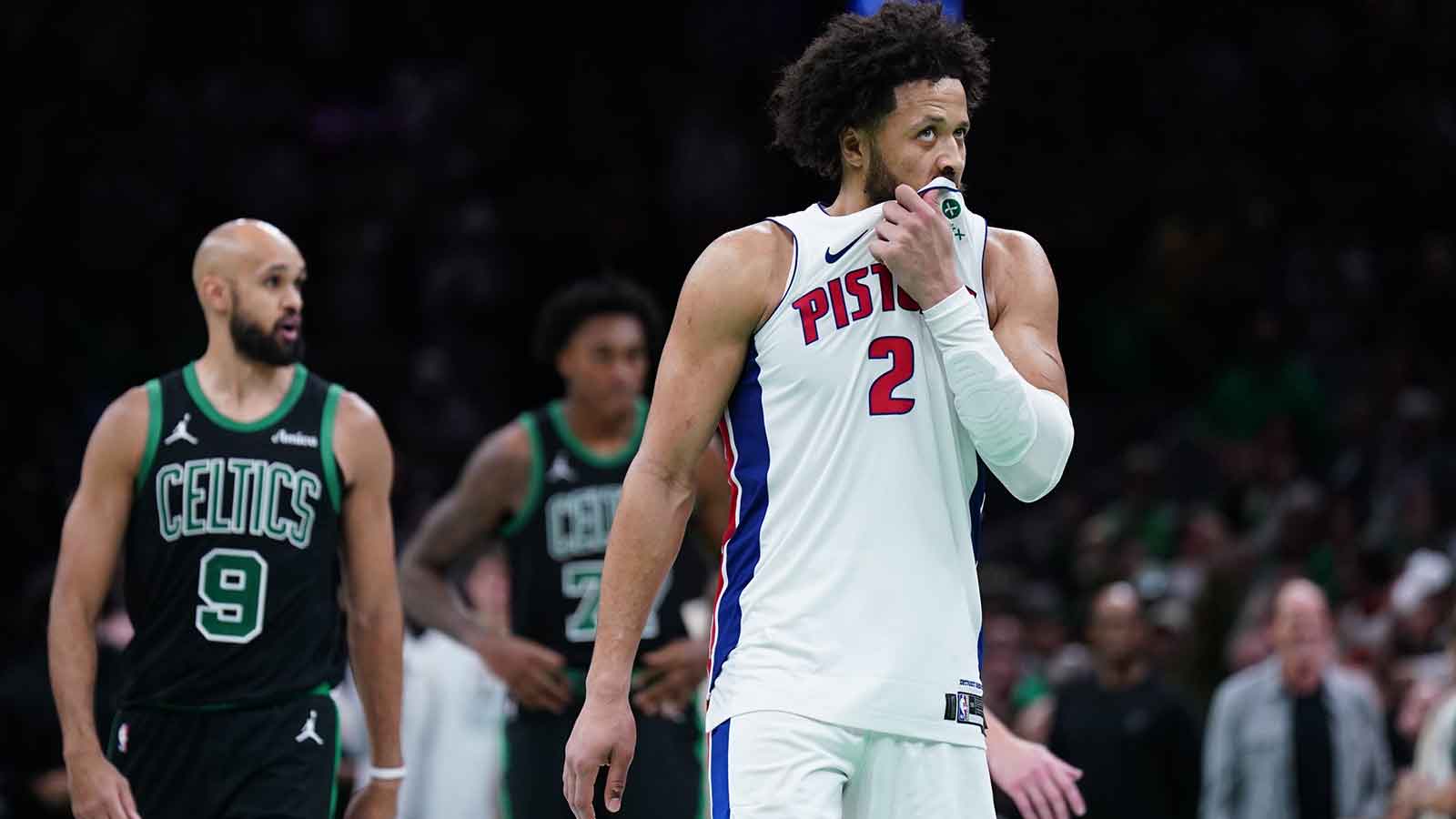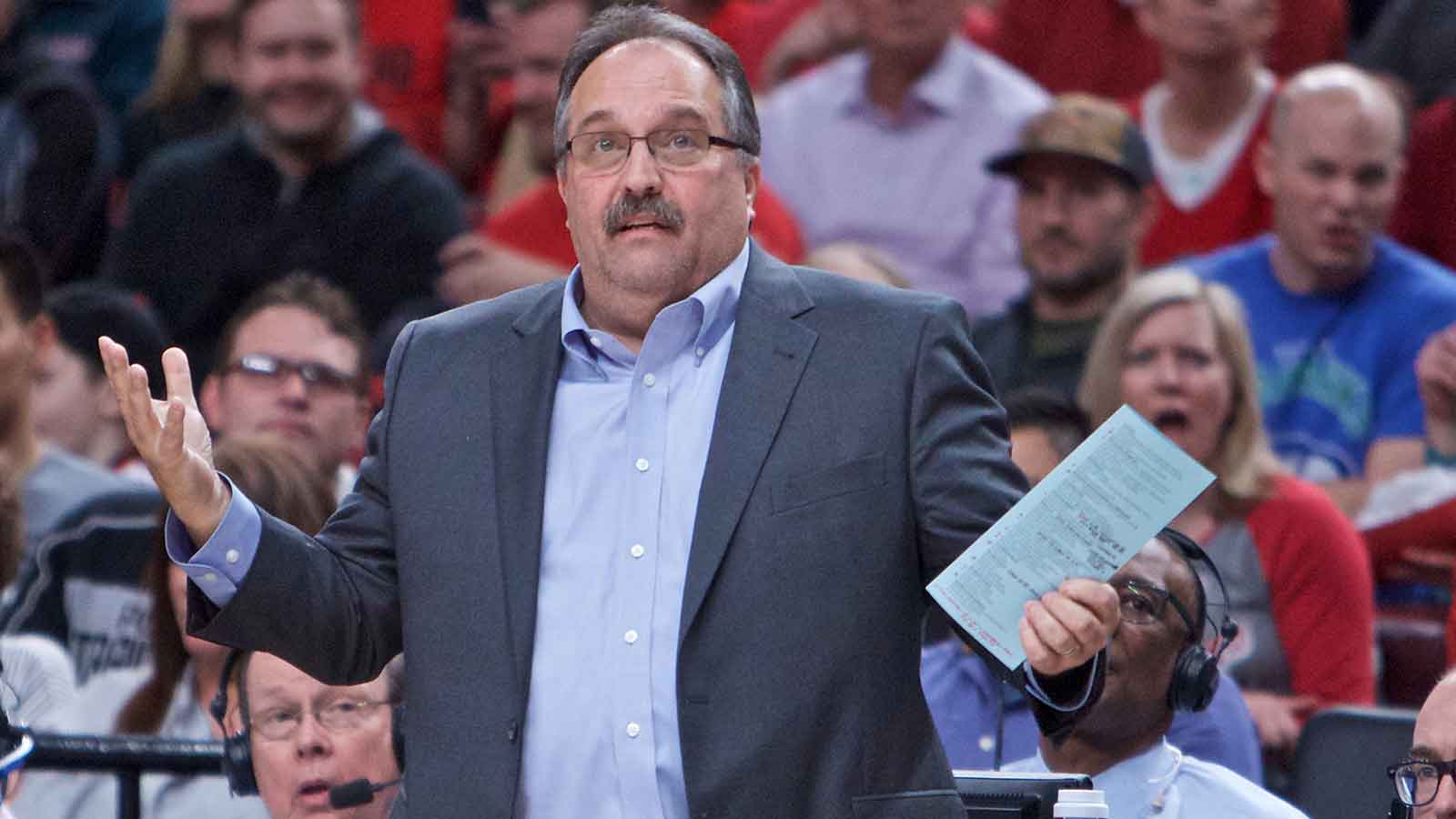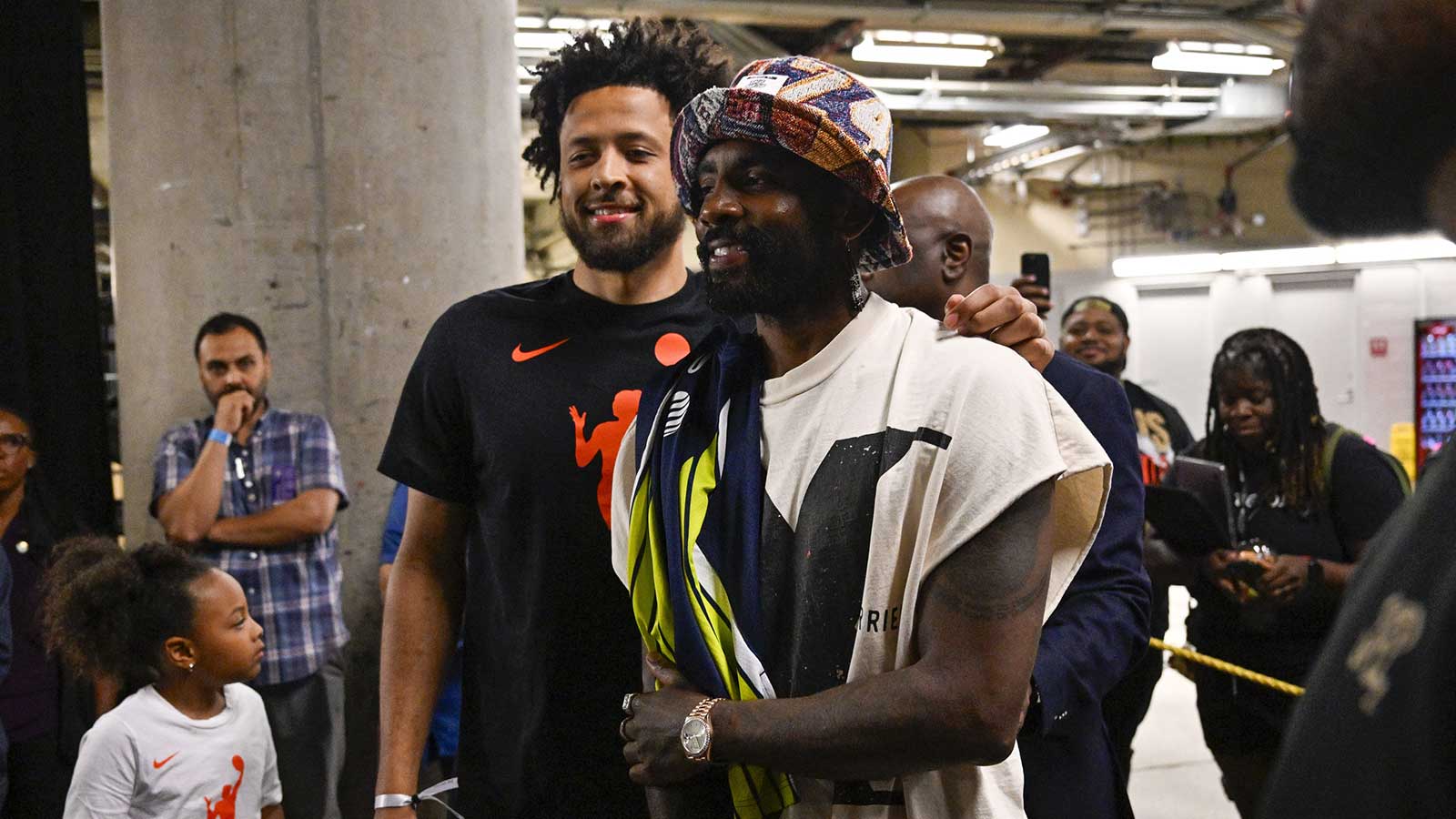The Detroit Pistons were the NBA’s most surprising story last season, transforming from a franchise that had back-to-back years at the bottom of the standings into a playoff team that finished sixth in the Eastern Conference. What made the turnaround so impressive was not just the improvement of their young stars, such as Cade Cunningham, Ausar Thompson, and Jalen Duren, but also the way the front office reshaped the roster by blending that youth with reliable veteran contributors.
This summer, Detroit doubled down on its momentum with a smart and calculated offseason. They retained key free agents such as Paul Reed and Daniss Jenkins, while adding valuable veterans like Caris LeVert, Duncan Robinson, and Javonte Green. These moves added more shooting, depth, and veteran experience to the team, which should help balance a roster still led by a young core. With Tobias Harris arriving midseason last year and fitting in as a stabilizing forward presence, the Pistons enter 2025-26 with perhaps their deepest and most versatile roster in over a decade.
On paper, this roster looks more than capable of competing for a top-six seed again in a weakened Eastern Conference, where teams like Miami, Brooklyn, and Atlanta are in transition phases. But as impressive as their turnaround has been, Detroit knows that growth in the NBA isn’t linear. The Pistons are entering the stage where standing pat isn’t enough; they will need to consider upgrades if they want to push into the East’s upper echelon alongside Boston, Milwaukee, and Cleveland. That’s why the trade deadline could be crucial, and several potential targets stand out as players who could elevate Detroit’s ceiling.
Lauri Markkanen: The perfect frontcourt co-star
The first name that jumps off the page for the Pistons is Lauri Markkanen, who has quietly blossomed into one of the NBA’s most complete offensive forwards with the Utah Jazz. For Detroit, acquiring Markkanen would represent a bold swing, but one that could shift them from being a solid playoff team to a legitimate Eastern Conference threat.
Lauri Markkanen dropping 34 PTS on the Knicks and getting a W last season was special pic.twitter.com/lwdaEvZXJr
— Jazz Lead (@JazzLead) September 18, 2025
The fit is almost seamless. Right now, Tobias Harris is the steady veteran in the frontcourt, but he is more of a short-term piece than a long-term franchise pillar. Pairing Markkanen with Jalen Duren would give the Pistons one of the most versatile frontcourt duos in the NBA. Markkanen’s shooting ability would stretch the floor for Cunningham’s playmaking, while his size and rebounding would ease the load on Duren in the paint. Offensively, he gives Detroit a true secondary star who can score in isolation, spot up from deep, or attack closeouts, something the team currently lacks behind Cunningham.
Defensively, Markkanen is not an elite rim protector, but he has the size and mobility to work well alongside Duren, who could cover more of the interior responsibilities. More importantly, Markkanen’s presence would allow Detroit to play five-out lineups, giving Cunningham and Ausar Thompson the space they need to thrive. Considering Detroit’s wing and guard depth, slotting Markkanen in at the four would balance out the rotation in a way that makes them more versatile in playoff matchups.
Of course, the price tag would be significant. Utah will demand draft capital and potentially young players like Jaden Ivey or Isaiah Stewart, but Detroit is in a position where it can afford to consolidate assets. Landing Markkanen would be a gamble, but for a franchise that has finally built a foundation worth investing in, it might be the bold move they need to accelerate their timeline.
CJ McCollum: Veteran backcourt stability
While Cade Cunningham has firmly established himself as Detroit’s franchise player, the Pistons still lack a proven veteran scorer in the backcourt who can shoulder offensive responsibilities when defenses key in on Cunningham. CJ McCollum could be that missing piece.
Currently with the Washington Wizards, McCollum finds himself in a situation where the Wizards are retooling around younger stars and could be open to moving on from his contract. For Detroit, the addition of McCollum would check several critical boxes. First, he would provide reliable perimeter scoring and shot creation, something that the Pistons still don’t have in abundance despite adding LeVert and Robinson. Second, McCollum’s leadership and playoff experience would be invaluable for a team that is still learning how to win at a higher level.
🔥 CJ MCCOLLUM IN GM7!
37 PTS
17-29 FG
1-3 3PT
2-2 FT
9 REB
0 TO— Ballislife.com (@Ballislife) May 12, 2019
There are defensive concerns, as McCollum has never been known for his ability to lock down opposing guards, but Detroit’s frontcourt strength with Thompson, Harris, and Duren could cover for that. More importantly, McCollum’s ability to hit tough shots in clutch situations would relieve pressure on Cunningham, giving the Pistons a more balanced offensive attack in playoff moments.
While McCollum may not represent the kind of long-term piece Markkanen would, his short-term impact could be exactly what Detroit needs to take another step forward. In a weakened Eastern Conference, a backcourt of Cunningham and McCollum could be enough to give them an edge against teams like the Knicks, Pacers, or Cavs in a playoff series.
Sam Hauser: The sharpshooting x-factor
The Pistons have improved their shooting with Duncan Robinson, but they still lack a consistent, high-volume, movement shooter who can stretch defenses across multiple possessions. Hauser has carved out that role in Boston, emerging as one of the league’s most efficient three-point shooters. His ability to run off screens, relocate, and knock down threes at a high percentage would give Detroit’s offense a new dimension.
Sam Hauser aka The Human Torch 🔥 pic.twitter.com/qPsYYKnrQH
— Boston Celtics (@celtics) August 6, 2025
Consider how Hauser would fit into Detroit’s rotation. With Ausar Thompson and Tobias Harris in the forward spots, Cunningham often operates with limited spacing. While Robinson helps alleviate that issue, he is not a long-term piece and is better suited for a bench role. Hauser, on the other hand, is younger and could slot into the starting small forward spot if the Pistons want to maximize shooting around their core. Imagine a lineup of Cunningham, McCollum, Hauser, Markkanen, and Duren. Suddenly, Detroit would boast elite shooting around its stars while maintaining size and versatility.
Even if Hauser remained a bench piece, his ability to stretch defenses in key moments could swing playoff games. Detroit’s young guards like Ivey and Sasser would also benefit from the spacing Hauser provides, giving them clearer lanes to attack. Defensively, Hauser is not a stopper, but with Thompson and Harris on the wings, the Pistons could hide him without much concern.
Where do the Pistons stand in the East?
The Pistons have already shown they are ahead of schedule by turning into a playoff team last year, and their offseason signings reinforced their progress without disrupting the young core. But as they enter the 2025-26 season, the challenge becomes how to build on that momentum in a way that positions them for long-term contention. Lauri Markkanen, CJ McCollum, and Sam Hauser represent three very different types of trade targets: a star-level upgrade, a steady veteran scorer, and a sharpshooting role player, but each could be the missing piece that helps Detroit rise from being a feel-good story to a legitimate contender in the Eastern Conference.
In a weakened East, the door is open for the Pistons to take another leap. The only question is whether they will be bold enough to step through it.

